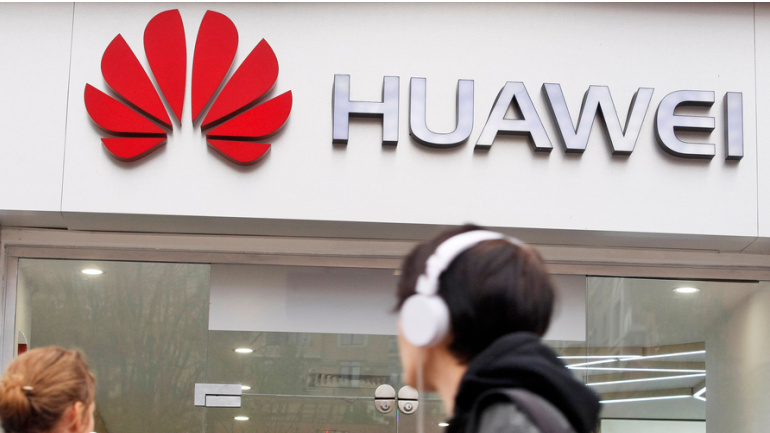Spectrum Enterprise, a part of Charter Communications, Inc., today announced a multi-year agreement with MiCTA (formerly known as Michigan Collegiate Telecommunications Association), a national group purchaser of technology solutions for its nonprofit members, including government, education, libraries, charitable and religious organizations. The arrangement makes it easier for members to modernize their networks and enhance the digital experience for consumers and employees.
Orange Marine continues to assert dominance in the subsea cable industry with the sophisticated ‘Sophie Germain’, an innovative vessel designed for comprehensive undersea cable care. This 100 meter long ship is home to a 450 kW ROV for precise optic cable maintenance. Moreover, it not only enhances connectivity globally, but also makes strides in sustainability by significantly reducing fuel consumption and slashing emissions. Remarkably, in a field with only 60 cable ships worldwide, Orange Marine introduces innovation that may reshape the future of global telecommunications infrastructure.
In the wake of digitalisation in local governance, the main impediment to technology adoption lies in the absence of a long-term strategy and infrastructural support. However, with the UK’s current significant revamping of its telecom infrastructure, local authorities’ role is ever crucial. They need to map out strategic goals and innovative solutions that serve their communities. This includes establishing robust collaborations with private sectors from an early stage. Such partnerships, like the one between the ITS Technology Group and the Hammersmith & Fulham Council, have proved successful in expanding network reach.
Huawei recently unveiled the groundbreaking Xinghe Network large model at the prestigious HUAWEI CONNECT 2023 event. An industry first, it paves the way for advanced network digitalization and enhanced industry intelligence. Harnessing the power of large-scale data and expert knowledge, this model heralds a new era in telecommunications, introducing exceptional features like multi-dimensional awareness, predictive capabilities, and optimized decision-making assistance. Its comprehensive advantages notably include proactive anomaly detection, enhanced application experience and proactive network security strategies.
Charting the future of mobile networks, the advent of Open vRAN technology, equipped with software-defined systems on standard hardware, delivers on the ambitious goals of 5G while retaining unmatched energy efficiency. Pushing these advancements further, QCT and Intel have introduced cutting-edge servers integrating Intel’s pioneering FlexRAN architecture. This merger of CPU computing power with an accelerated system, transforming standard network structures and allowing innovative software integrations, is the driving force behind the striking efficiency improvements within mobile networks.
In our interconnected world, voice calls remain crucial for communication. “Origination” and “termination” are vital terms in call routing. This article explores these concepts, beginning with origination, the process of initiating calls from devices like landlines or mobiles. It then covers termination, completing incoming calls to recipients’ devices. We delve into components, quality, service selection, and regulatory aspects, highlighting the importance of understanding these elements in the world of telecommunications.
Vodafone’s collaboration with Salience Labs and iPronics aims to advance open radio access networks (open RAN) by harnessing the potential of silicon photonic chips. This light-based technology could promise enhanced network programmability and ultra-low latency powered by their increased speed and reduced energy consumption — elevating critical 5G capabilities. With silicon photonics making waves in data centers, the industry, poised for rapid growth, radiates intrigue on the horizon. Yet, it also questions current cost dynamics, especially around open RAN technology.
Vodafone’s Spanish operations have caught the eyes of Zegona, an investment group primarily focused on European TMT sector investment. While speculative reports suggest a valuation of over €5 billion for the entity, Zegona’s possible stake acquisition might be limited to 50%. Amid fluctuating price estimates, discussions are unfolding, revealing a potentially significant shift in the telecommunications landscape.
EchoStar, in a strategic partnership with The Things Industries, enriches its European IoT strategy by introducing a terrestrial element. With The Things Industries’ unique server technology, EchoStar aims to facilitate uninterrupted, real-time communication for IoT devices via terrestrial or satellite channels. While no specific application cases were disclosed, a limited-time trial service provides customers with a glimpse into their orchestrated offerings.
CityFibre teams up with four civil engineering firms to aid challenging fibre infrastructure projects in the UK, courtesy of recent government funding. This alliance hastens fibre infrastructure development across several counties, marking Cambridgeshire as the initial rollout area. Noteworthy, however, is the lack of equivalent high-speed, Gigabit-capable infrastructure in these areas before. Although progress has been steady with Project Gigabit, this new venture signals a grand advancement towards achieving nationwide high-speed connectivity.













